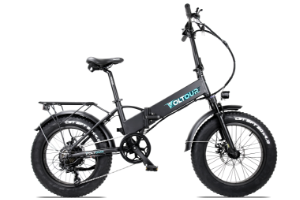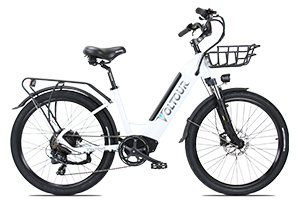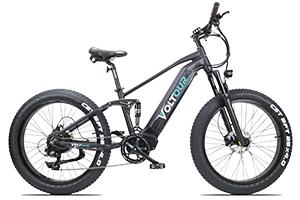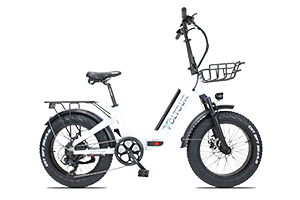Guide to State and Local E-Bike Rebates and Tax Credits
Electric bicycles, also known as "e-bikes," are bicycles with a small electric motor and battery. The motor assists the rider by propelling the bike forward and making it easier to pedal against the wind or uphill. They may also have pedal assist or throttle control, and their top speed ranges from 20 to 25 miles per hour. Electric bicycles are becoming increasingly popular in urban areas as environmentally friendly and efficient modes of transportation.

Comparing e-bikes to normal bikes, e-bikes are more expensive costing anywhere from $1,000 to $8,000 for some of the more high-end models. But they also have the potential to replace car trips for a lot of people. A recent study found that if 15 percent of car trips were made by e-bike, carbon emissions would drop by 12 percent. They can be used for commuting, running errands, and recreation.
As the population goes greener and tries to save more, states have started providing rebates for electric bicycles and tax credits. You may check the current electric bicycle rebates tax credits for your region.
What is the E-Bike Act? Has it passed?
On February 11, 2021, Congressman Jimmy Panetta (D-Calif.) introduced the E-Bike Act. The Electric Bicycle Incentive Kickstart for the Environment (E-BIKE) Act is the official name of the legislation. The goal of this bill is to encourage people to make e-bike purchases by offering a tax credit for new e-bike purchases.

The bill proposes to fund infrastructure improvements to encourage the use of e-bikes, such as the creation of dedicated e-bike lanes and the installation of e-bike charging stations. E-bikes are expected to become more widely available as a legitimate and practical mode of transportation that helps reduce carbon emissions. E-bikes have the potential to reduce car trips and car emissions by providing a quick and convenient mode of transportation.
The E-Bike Act of 2019 was introduced in February 2021 but has not been passed as of its current date. The bill currently has 25 sponsoring groups. The process to make this act legal has been lengthy and complicated. The bill needs to be approved at the House level before being enacted. The legislation had already been supported in the past. In addressing climate change, the government has relied on economic nudges.
Is there a tax credit for buying an e-bike?
Some states and municipalities provide incentives for the purchase of electric bicycles, such as rebates or credits. E-bike incentives and rebates are offered to encourage the purchase of e-bikes by offsetting the cost and making them more affordable for consumers. Please check with your local tax professional to determine if you are eligible.
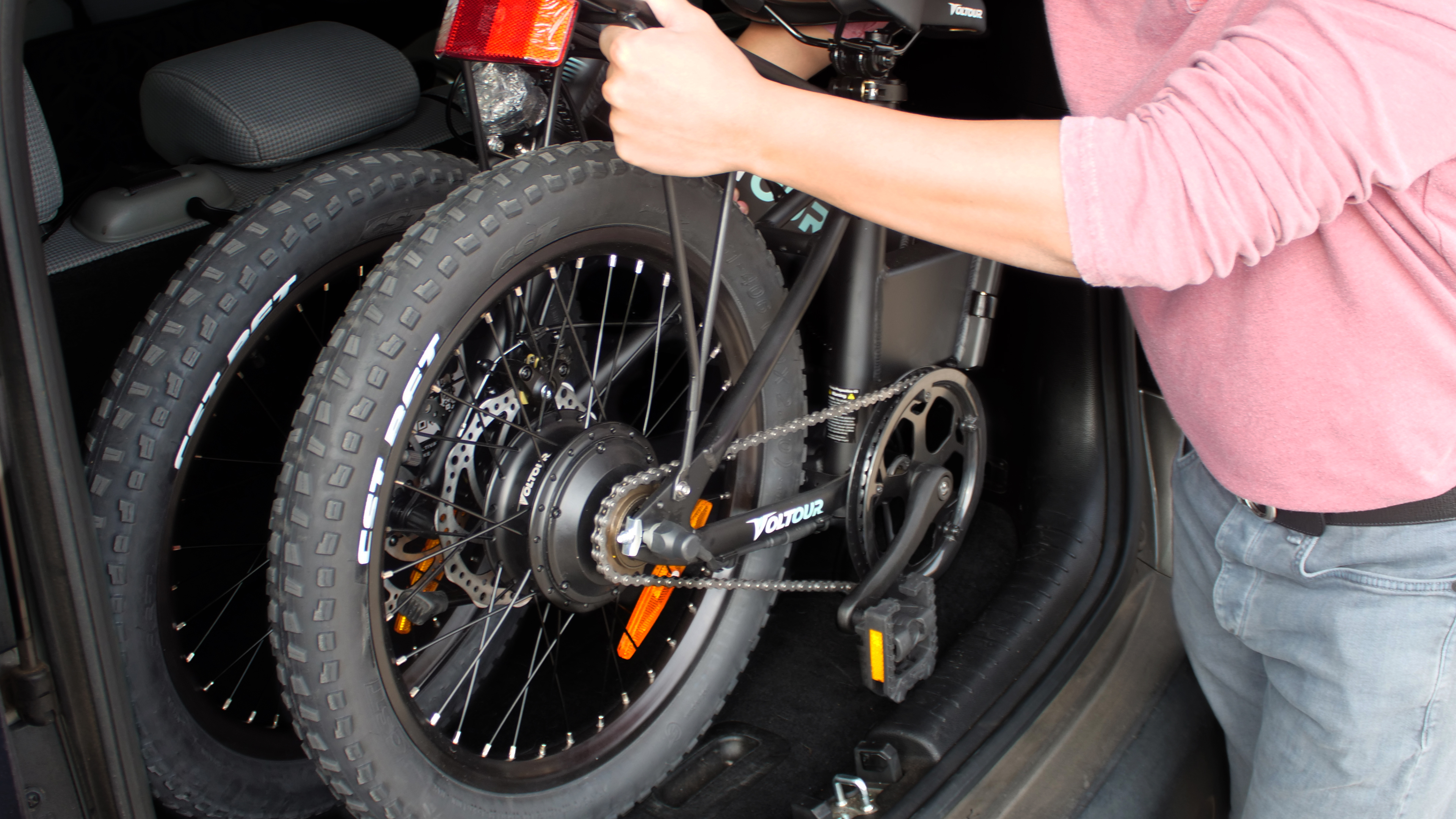
The Electric Bicycle Incentive Kickstart for the Environment Act establishes a consumer tax credit of up to $1,500 that covers 30% of the cost of an electric bike. It applies to new electric bikes that cost less than $8,000 and is fully refundable, allowing lower-income workers to claim the credit.
What electric bikes would qualify for the tax credit?
The bike must be considered a "low-speed electric bicycle" (LSEB) or an "electric bicycle" (e-bike) and have a motor with a power output of 750 watts or less. The bike must also be equipped with operable pedals and have a top speed of 20 mph on motor power alone. E-bike eligibility requires the purchase of the bike in the US by the taxpayer. The bicycle should also be a brand new electric bike, not leased or secondhand.

How does the electric bike tax credit work?
Joint filers earning up to $150k may be eligible for two bikes with an additional $750 in taxes. This is eliminated for all taxpayers over the same threshold. Unlike other bikes whose sticker price exceeds $4,000, these bikes have no credit. It has several supporters in Congress, including Representatives.
E-bike rebates vary by location and can take various forms, such as a direct cash rebate or a tax credit that can be applied when filing taxes. To claim the credit, you will need to file Form 1040 and include the credit on Line 30 of the form. You will need to have the manufacturer certify that the e-bike qualifies for the credit and provide documentation of the purchase, such as a sales receipt.
Additionally, some states may also have their own incentives or credits available for the purchase of e-bikes. It's important to note that rebates and incentives can change over time, and may not be available in all areas. If no tax credits are available, you do not need to file anything. Even if a tax credit exists, it is always advisable to consult with a tax professional to determine how it applies to your specific situation.

Ways to support the e-bike tax credit
Here are a few steps you can take to support the credit:
-
Educate yourself about the credit and be able to explain it to others.
-
Contact your representatives in Congress and let them know about your support and that you would like them to work to extend or expand it.
-
Join advocacy groups like PeopleForBikes, the Electric Bike Association, and the National Bike Dealers Association in supporting policies and laws that promote e-bikes and cycling.
-
Share your experience with e-bikes and how they have benefited you, your community, and the environment.
-
Attend events and rallies that promote e-bikes and cycling, and participate in e-bike rides and awareness events.
-
Shop at and support businesses that sell e-bikes, e-bike parts and accessories, and e-bike services.

